https://www.youtube.com/watch?v=LmR_MIOCF9k
How to Play Guitar - Finger Strength Exercises

Hey , how you doing ?
My friend Dan Denley here from guitar zoom dot com .
And in this video , I want to show you one of the most important and overlooked aspects of guitar playing and that is to build up finger strength in your hands .
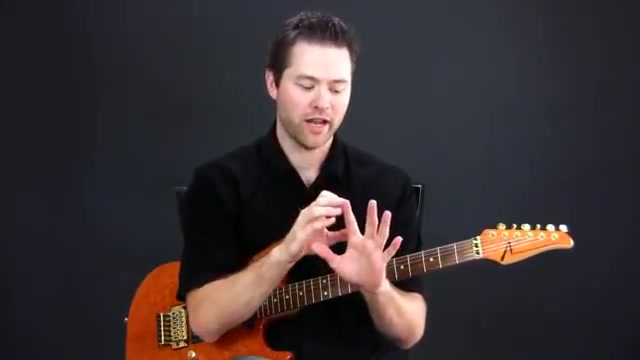
You have muscles obviously attached to bones in your hands and in your fingers and in your forearm , it's very important to develop muscular strength in your hands and your forearm and your fingers in order to be able to fret cords in order to be able to play a solo in order to be able to play a long time without getting that tired , fatigued hand .
It's the same analogy that you could make with an athlete .
You know , for example , the great Michael Jordan didn't just walk out onto the basketball court at game time and start playing , right .
What you didn't see is the hundreds and probably thousands of hours that he spent in the gym and on the court and training and practice time and physical conditioning in order to build up to the point that when he walked on the floor , uh during game time , he was able to perform it's the same exact concept of the guitar .
And a lot of people just completely blow this off .
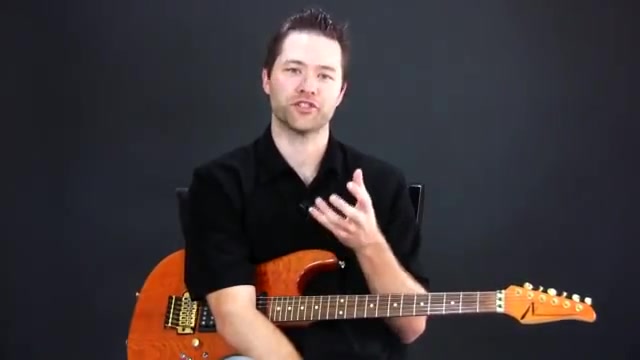
Either they don't know or they don't really think it's that important .
But I can tell you , I've seen it my own playing , I've seen it .
My students playing that .
If you practice these simple exercises , your guitar playing will improve and really fast .
I mean , within the first week or two you can see a huge increase .
Now , I've written a whole series of exercises .
In fact , I have a whole product that teaches you this concept .
But for right now I just want to get you started .
So I'm gonna give you three of the exercises that I recommend .
And they're three of the simplest .
If you practice these , maybe 5 to 10 minutes a day before you start playing , I think you're gonna see a marked improvement .
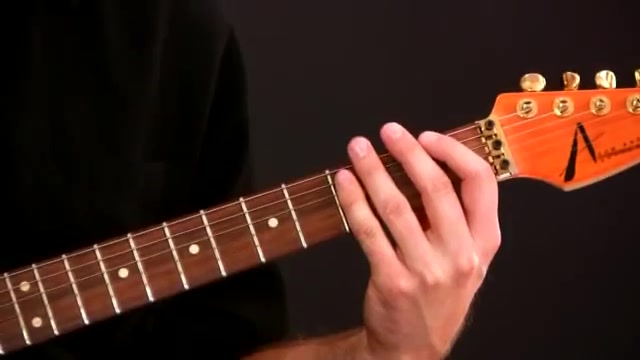
So the very first one just goes like this , it's a simple chromatic exercise and it goes like this , ok ?
And it goes on and on and you could take that all the way up to say maybe the ninth fret , then you bring it back down , so on and so forth .
Ok .
Bring it all the way back down .
So that's the first exercise .
And just really slowly , all it is is each finger gets a string and you just go up , you ascend and with your picking , you just go down and up stroke .
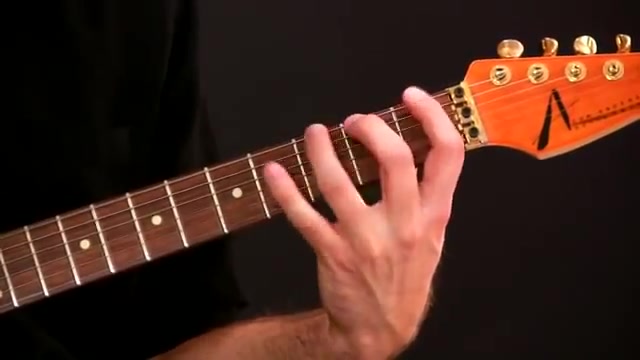
So down , up , down , up , down up , down , up , down , up , down , up .
Now you can mix it up if you want and focus on your picking by just doing all downs strokes or we could do all up strokes .
That's actually a little more hard .
But , and you know , either way you wanna do it is perfectly fine .
So the second one is actually gonna be the inverse of that .
So we're gonna descend instead of a , we're gonna go like this .
OK .
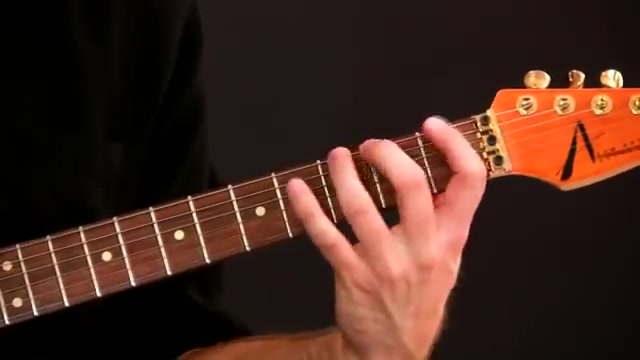
So on and so forth and take that all the way up and then all the way back down again , you could do downs strokes and up strokes will be fine or you can do all downs or all up strokes or any combination you want , you could do down , down , down , up , I say down , down , down , up , down , down , down , down , down , up , down , down , down , up , I mean , you can make up anything you want up , up , up , down or down , down , up , up , however technical you want to get with it .
So actually it can be a picking exercise and a finger exercise .
So those are the first two , the first one was right and then move it up .
Now the second one was all descending and then move it up .
The third one is just gonna be a combination of those two .
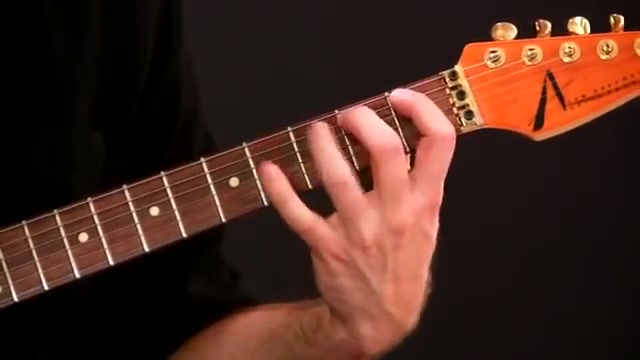
So all you're gonna do is a send on the way up , then you're gonna slide up and then descend on the way down .
Ok ?
So on and so forth .
Now , a couple of um tips about this is you want to make sure that each note is sounding out very clearly and you want to go slow enough that you're not actually um having any dead notes .
Like , let's see , OK , don't any dead notes .
The other thing is you don't want to allow other strings to ring out .
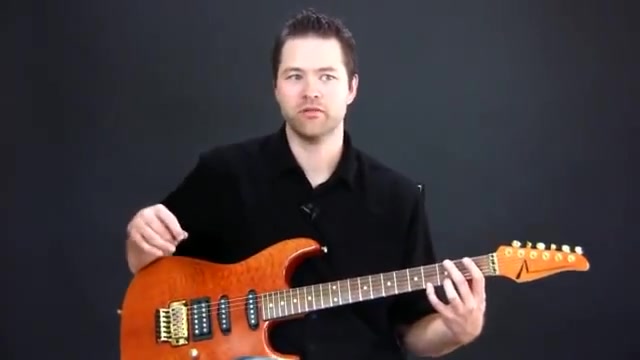
So you don't want it to be like hear that .
So what I'm doing is I'm palm muting the strings that are , I'm actually muting not palm mute .
I'm muting the strings that are not being played .
And the way I'm actually doing that , it's kind of uh kind of a little secret here .
I'm actually not palm muting it .
I'm not going .
Although you could do that .
If you wanted to do that , you could always palmu it to practice on your palm .
Muting you palm mute all of it like so on and so forth .
But what I'm doing is actually is when I switch strings , I go , when I switch my index finger is already on the next string to play the note .
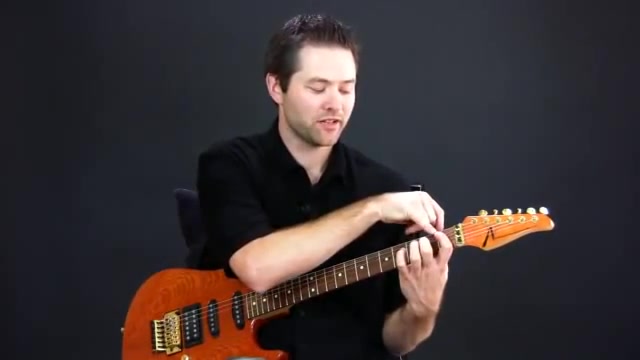
Then when I play it , the top of my finger is actually muting the string that I just played .
OK , let me say that again .
So I go up now when I'm ready to go on the next string , I go ahead and play it , my finger is already in position and then with the very top of my finger , I'm muting the string that I just played .
Then I go up , then I switch over already .
So I'm not going and then switching , I'm going switch as I move and then I start doing it again .
But this time , this bottom string is or the fifth string in this case is actually muted with the top of my finger .
OK .
Very important .
And you can do that really slowly to make your , you know , to practice moving your fingers .
And you can start on any fret .
I keep starting on the first one , which actually is the most difficult because the tension on the string gets more and more uh pronounced as you move this way on the neck .

So it's actually gonna be easier to fret if you start up here .
So let's just say I start on the fifth , right .
Well , when I get , when I slide up , you can actually do this as an exercise .
Let's say that you're having problems switching strings where you can go and then keep this hell down until you play the next note .
And that's actually another way you can take this exercise and just take it to another level is by forcing yourself to hold that note and that'll help you actually with your threading of chords .
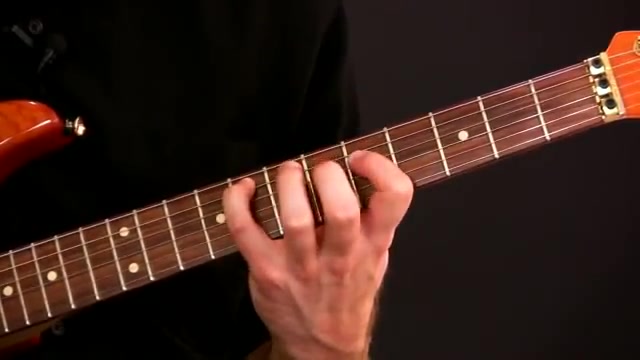
So for example , I could go see I'm holding that with my pinky as I change .
So those are just some ideas for you to work on if you'd like more tips and tricks .
Check out guitar zoom dot com .
I'm Dan Denley .
Are you looking for a way to reach a wider audience and get more views on your videos?
Our innovative video to text transcribing service can help you do just that.
We provide accurate transcriptions of your videos along with visual content that will help you attract new viewers and keep them engaged. Plus, our data analytics and ad campaign tools can help you monetize your content and maximize your revenue.
Let's partner up and take your video content to the next level!
Contact us today to learn more.